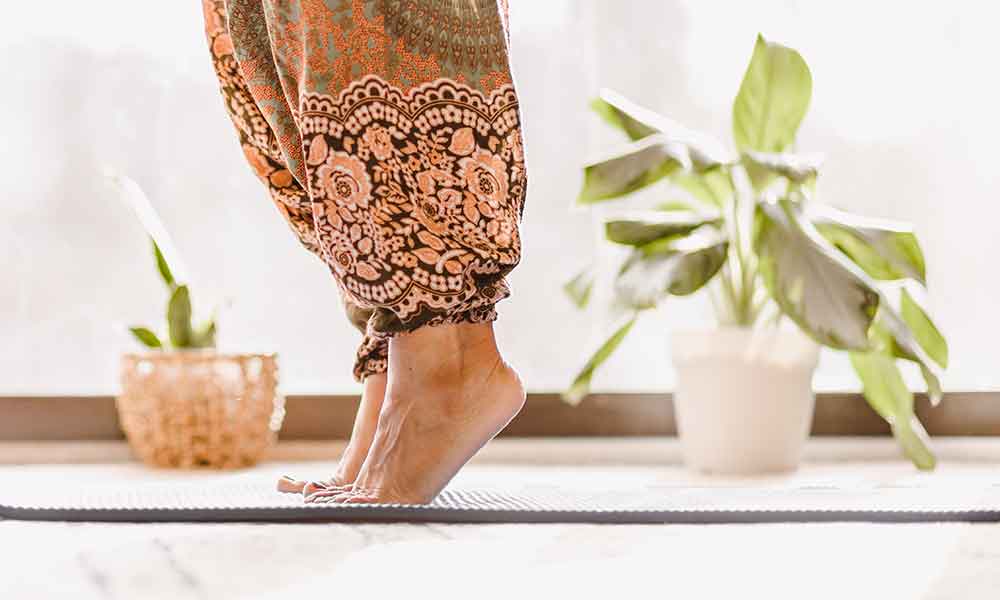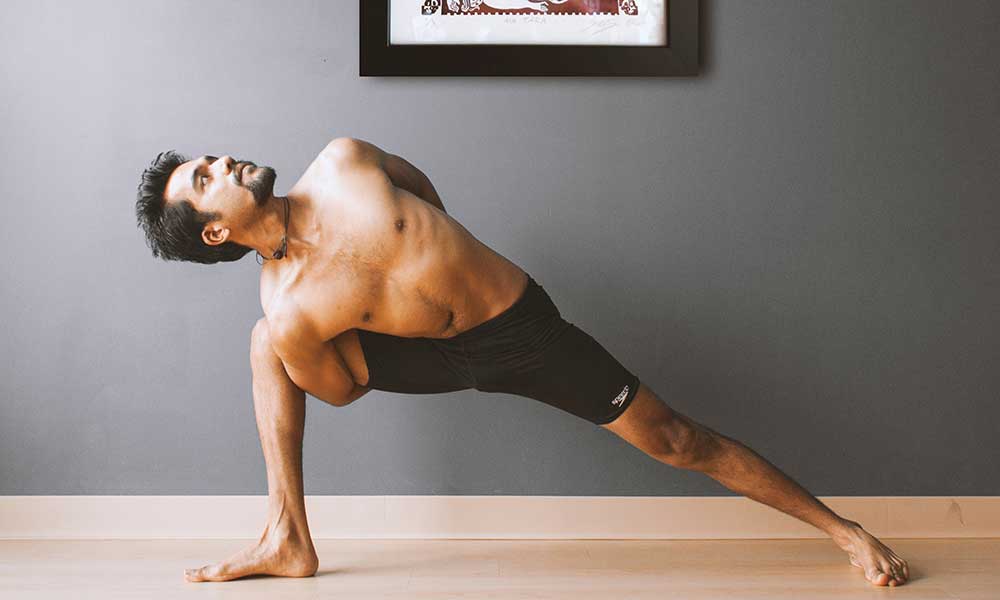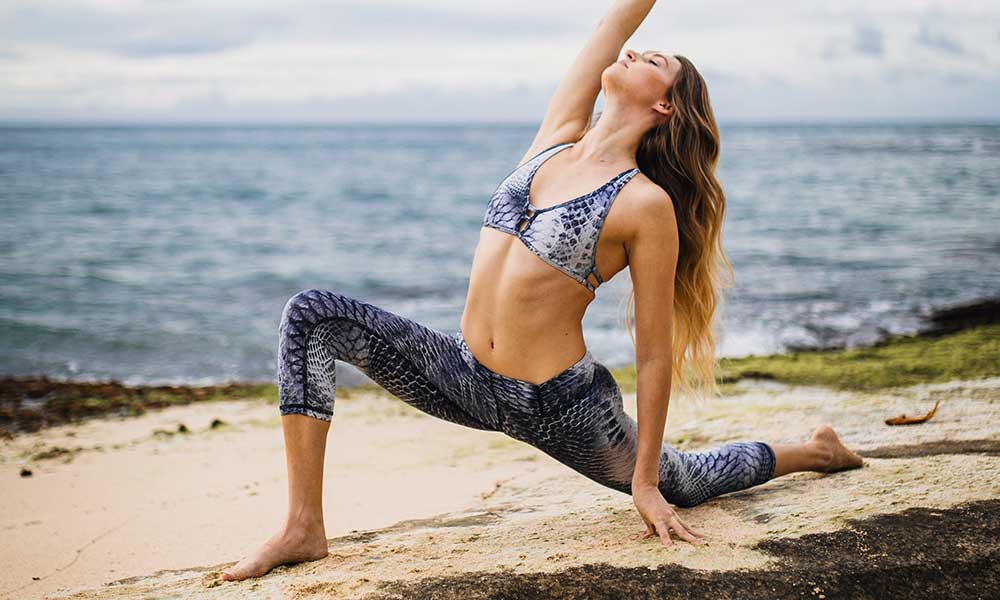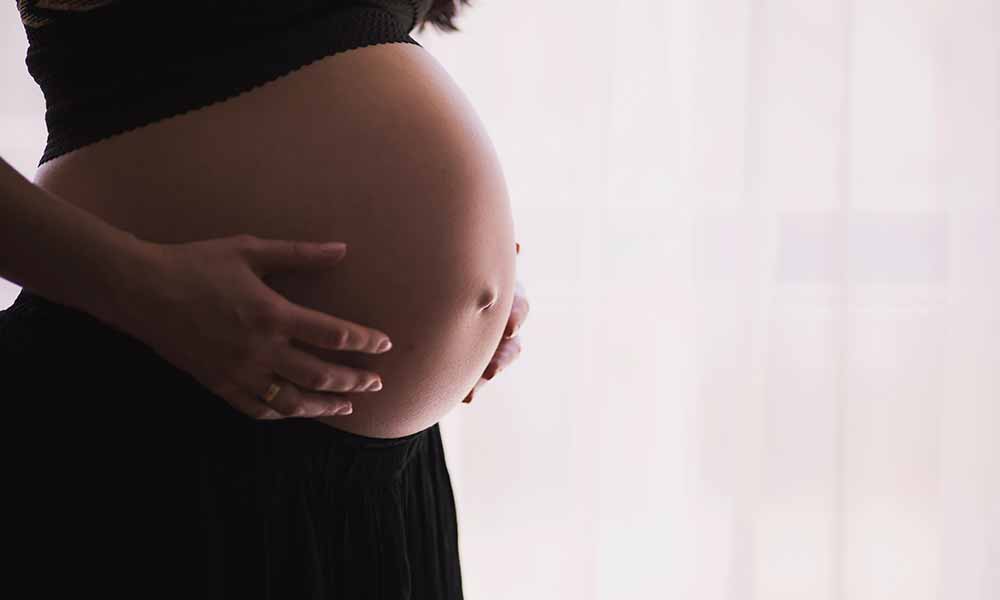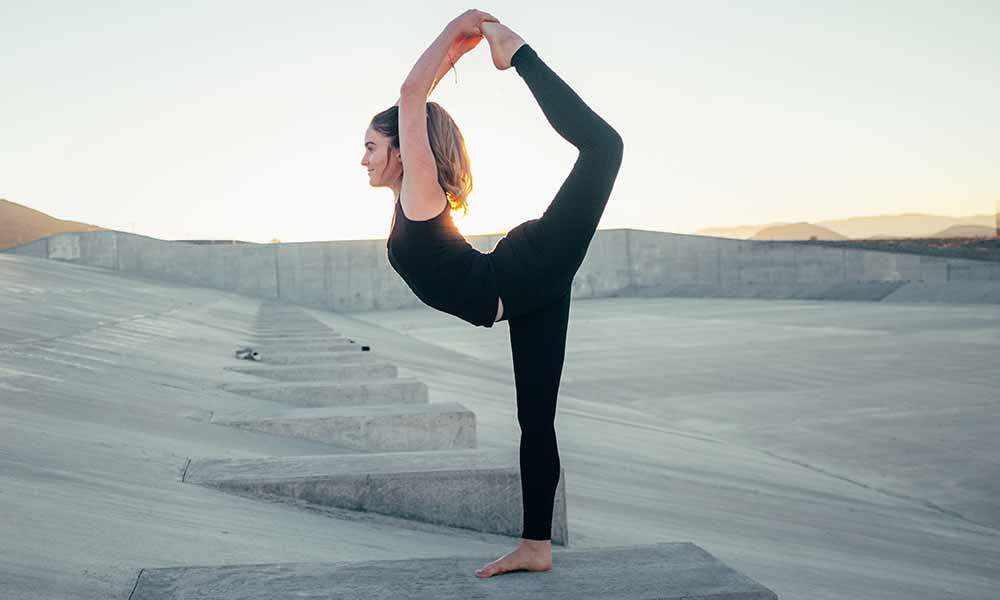Most of the activities we perform throughout the day are done while wearing shoes. Yoga isn’t one of them. While it’s no secret that we aren’t supposed to wear shoes when practicing yoga, most of us don’t know why that is.
At yoga studios, it is good yoga etiquette to leave your shoes at the door. In other words, don’t walk across the yoga studio floor wearing shoes. By wearing your shoes inside, you track in outside dirt and mud—who wants to deal with that while trying to zen out?
Bare feet are also ideal for practicing yoga because it is much easier to find stability and balance on the floor when there is nothing in between your skin and the ground below you.
There are several reasons why we practice yoga without shoes on In this article, we will take a swan dive into the practice of traditional barefoot yoga.
Why are we supposed to do yoga barefoot?
If you’re brand spanking new to yoga and are wondering what to wear to your first class, the answer is: some stretchy, comfy clothing on your body and nothing on your feet! Yup, that means no shoes or socks should be worn during your yoga practice.
Shoes can be clunky and not very flexible, which can really affect your standing postures. Socks, on the other hand, are too slippery and will affect your ability to do balancing postures. If you’re doing yoga in the comfort of your own home then of course this is a personal choice, but most yogis would agree that it is common practice to go barefoot. Practicing yoga barefoot promotes proper alignment and gives even the smallest muscles in your feet a nice stretch.
Here are some of the benefits of practicing yoga barefoot.
Improves Balance
Our feet are key players in the yoga practice game. In yoga classes that consist of a lot of standing postures, like Ashtanga Yoga, the yoga poses require us to have our feet firmly pressed against the floor. This can truly only be achieved when we are barefoot, as it is much easier to find stability and balanced contact with the ground when there is no barrier between us.
Also, any time we are practicing standing postures, it’s important to distribute the weight evenly across the soles of the feet. This means that there is equal weight on both the heels and the toes. To have weight distributed evenly, you will need to slightly grip the toes or adjust them in a way that can’t be done with shoes or socks on. Equal weight distribution is so important when practicing yoga because it helps to prevent injury. Improper alignment of the feet can cause improper alignment along the rest of the body which can cause injuries in the long run.
Strengthens the Feet
For most students, yoga is an opportunity to stretch out all the muscles in the body from head to toe. Even though they might seem small, our feet need to be stretched too! Practicing yoga barefoot gives us the perfect opportunity to stretch, flex, and strengthen the muscles in our feet. When we are barefoot, the muscles in our feet work hard to help us balance. If we are wearing shoes, this strengthening and flexing of the muscles can’t be accomplished and these tiny muscles remain inactive.
Barefoot yoga practice is a chance we get to strengthen and stretch the small muscles in our feet. Just remember to prioritize the even distribution of body weight throughout your bare feet to avoid small clusters of muscles pulling all the weight.
Keep in mind that our feet consist of a whole system of nerve endings. When we practice yoga barefoot, we’re able to connect various areas, points, and nerve endings with the earth below us, helping us feel more grounded and connected.
Feeling grounded
One of the best things about yoga is that it gives us an opportunity to feel our physical connection to the earth beneath us. It allows us to feel grounded and it is one of the magical things that separates yoga from other gym workouts. Taking a few moments to ground ourselves through our feet can relieve muscle tension and help bring awareness to the body.
This feeling of “groundedness” is rooted in a mental shift that we may not be used to if we have never consciously experienced it. Our day to day lives can sometimes be so hectic and stressful that we are living in the hustle and bustle of our minds instead of being present in the moment.
When we come to our yoga studio and step our naked feet onto our yoga mat, we have an opportunity to relax all the muscles in our body and connect physically to the ground below us, so that we can feel supported. The feeling of the earth supporting our body weight can be comforting and soothing for our mental and emotional health.
In some yoga classes, you may hear the teacher instruct the class to imagine that they have roots coming from the soles of the feet and extending down through the floor, deep into the ground beneath you. When we practice yoga barefoot, it gives us a chance to become connected to something larger than ourselves so that we remember we have a place in the world to grow and evolve.
Practicing yoga barefoot helps the teacher see what you are doing and adjust you as needed
When a teacher is instructing a yoga class, they typically teach yoga asanas by demonstrating the pose, verbally explaining how to do the pose, and giving hands-on adjustments. However, if the teacher can’t see your feet, how will she know how to offer you advice to improve your form? In order for your yoga teacher to assist you, they need a clear picture of what you are doing with your whole body, including your feet.
Some common verbal cues include:
- “Ground the big toe.”
- “Wrap your finger around the big toe.”
- “Place your hand around your foot arches.”
- “Keep your foot arches parallel to the mat.”
- “Bring awareness to the soles of your feet.”
Practicing yoga barefoot helps our yoga instructor be able to see all the different shapes we are making with our feet so that we can get the most out of our yoga session.
Can we wear socks while doing yoga?
As a general rule of thumb, socks are not to be worn during yoga practice. The biggest reason for this is that socks are slippery and have the potential to slide off in the middle of your yoga pose! To combat this, prepare to perform yoga barefoot. However, if you are attending a yoga class that is restorative with a much “slower flow,” you could probably get away with wearing socks if you’re feet are feeling a bit chilly.
Keep in mind that if you’re envisioning yourself wearing socks to your first yoga class, you are not alone. Many students, specifically those who are new to yoga, choose to wear socks in class. While you are more than welcome to practice this way, you might find it Is a bit difficult.
Keep your socks on if you’d like, but most people will probably end up taking them off after the first few yoga poses. Certain poses, especially balance exercises, are extremely difficult to do with socks on.
When it comes to the more challenging yoga practices like Ashtanga yoga, you might find that your socks will probably slip off after the first couple of sun salutations, if you haven’t already ripped them off in frustration! Keep in mind that in hot yoga classes or power yoga classes, we tend to get pretty sweaty, so it will be too hot to wear socks.
If the idea of sweaty feet makes you feel self conscious, don’t fret. Yoga is supposed to help us love and accept ourselves in all our forms. Shift your focus away from how your body looks and smells when practicing barefoot and embrace the healthy energy flow from the soles of your feet all the way up to your crown chakra.
It’s worth noting that wearing socks during yoga could be comforting and warm during savasana or a yummy slow and static practice like Yin yoga.
At the end of the day, choosing to wear socks to yoga class really is a personal preference.
Is it OK to do yoga with shoes on?
Yoga with socks? Plausible. Yoga with shoes? Probably not the best idea, unless of course, you’re referring to the special yoga shoes that now exist for those who aren’t fond of baring their feet. Yes—there is now a wide variety of specially designed yoga socks and shoes for practicing yoga asanas.
These special yoga socks and shoes are specially designed for doing yoga and are less slippery, allowing for more flexibility and movement. A great pair of non-slip socks or flexible soled shoes specifically designed for yoga are great alternatives to barefoot practice.
Keep reading for some tips on what to look for when shopping for yoga socks or shoes.
What to look for when buying yoga socks
While it’s always better to practice barefoot yoga, there are times when you might want to have a protective layer between you and the earth, especially if you are in an area where there is a high risk for infection. Yoga socks can be a handy tool for personal hygiene if you enjoy yoga but don’t like getting your feet dirty. So, what should you look for if you decide you want to buy some downward-dog-approved non-slip socks?
First and foremost, you’ll want to consider the fabric. Sticking to materials that are breathable and moisture-wicking such as cotton and nylon will probably be your best bet for keeping your feet dry and stench-free.
You’ll also want to consider how thick the fabric is. If you’re prone to getting blisters, you might want to go for a more densely-woven material whereas others might choose a more lightweight option. Try to select brands that have a lot of customer reviews so that you know what you’re getting.
Some yoga sock brands sell products that are advertised as being one-size-fits-all, but if your feet are on the particularly small or large side, you might want to go for a product that is available in multiple sizes. Also think about what length of socks you prefer as there are a wide variety of lengths available whether you are a ballet-slipper kind of gal or a long-sock lad.
Last but certainly not least, consider cost. Typically, people spend anywhere from $10-$25 on yoga socks.
Why do yoga socks have holes?
Some yoga socks have holes, but not all. Different companies have experimented with breathable fabrics containing small holes to provide ventilation for the socks. This type of yoga grip sock can be found with either closed toe or open toes.
The holes not only ventilate the sock, but can also provide warmth through the legs and keep your muscles from getting cold during stretches. This is a great option to prevent injuries while pushing yourself to your limits in yoga class.

